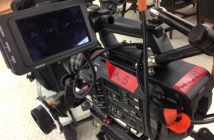
My Love – Hate Relationship with the Sony FS7
The FS7 is an amazing camera for the price, but sometimes I wish that I could pay a little more and get the camera I really want. Here’s what I…
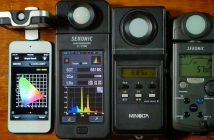
On the Color of Light, and the Measurement Thereof
In which I test several color meters (an Asensetek Lighting Passport, two Sekonics, and a Minolta) side-by-side; compare the spectral quality of various lights; and may have figured out one reason why…

Convergent Design: An Open Letter to Our Clients
authored by Mitch Gross, Director of Communications at Convergent Design December 19, 2014 From: Convergent Design To: All Owners of the Odyssey7Q Dear Friends, For more than a decade, Convergent…
NAB Show Reports
More Articles & Reviews...
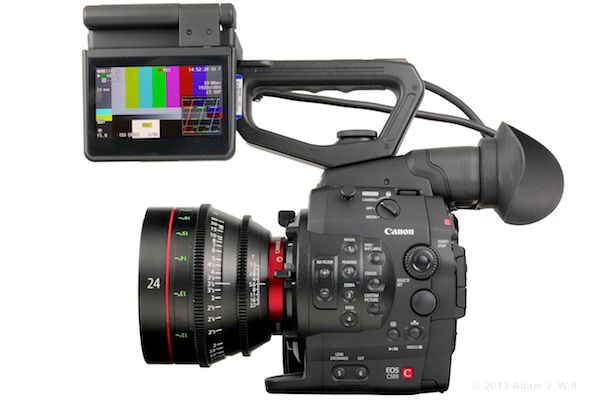
Quick Look: Canon EF-mount Cinema EOS Lenses
When Canon lent me and Art Adams a 1D C and a C500 for review, they also left us three cine primes and a compact cine zoom, all in EF…
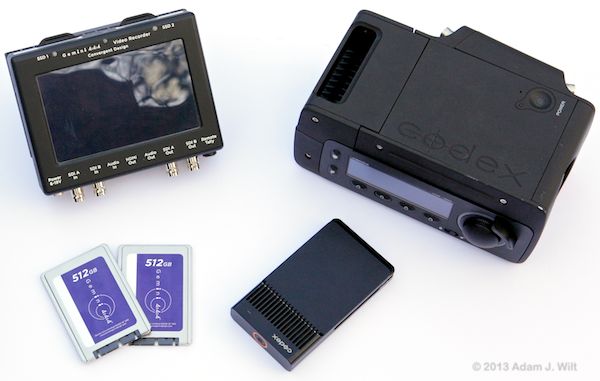
Quick Look: 2K/4K Recorders for the Canon C500
Quick Look: 2K/4K Recorders for the Canon C500 So you’ve gone and booked a gig with the Canon EOS C500, and you wish to partake of the camera’s detail-rich, uncompressed…
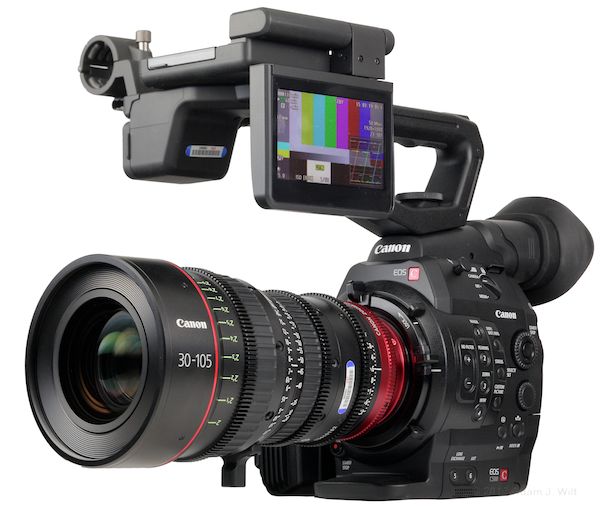
Review: Canon Cinema EOS C500
The US$26,000 Canon EOS C500 joins the $16,000 C300 and the $6,500 C100 as the Big Daddy of Canon’s Large Single Sensor cine cameras. All three cameras share the same Super35mm-sized 4096×2160 sensor, the same general body design, and the “Canon look,” but diverge in their recording formats and output capabilities. The original C300 records 8-bit, 4:2:2 1080p using the Canon XF codec, and offers HD outputs on SDI and HDMI. It pioneered the “potato-cam” form factor, with a superb side handgrip and a removable, tilt-and-swivel monitor unit. The C100 is a simplified AVCHD ‘corder with the same great handgrip, an integrated LCD in place of the monitor unit, and HDMI output only (no SDI). Read More…

Review: Canon EOS C500 HD/4K LSS Cine Camera
The US$26,000 Canon EOS C500 joins the $16,000 C300 and the $6,500 C100 as the Big Daddy of Canon’s Large Single Sensor cine cameras. All three cameras share the same Super35mm-sized 4096×2160 sensor, the same general body design, and the “Canon look,” but diverge in their recording formats and output capabilities. The original C300 records 8-bit, 4:2:2 1080p using the Canon XF codec, and offers HD outputs on SDI and HDMI. It pioneered the “potato-cam” form factor, with a superb side handgrip and a removable, tilt-and-swivel monitor unit. The C100 is a simplified AVCHD ‘corder with the same great handgrip, an integrated LCD in place of the monitor unit, and HDMI output only (no SDI). Read More…
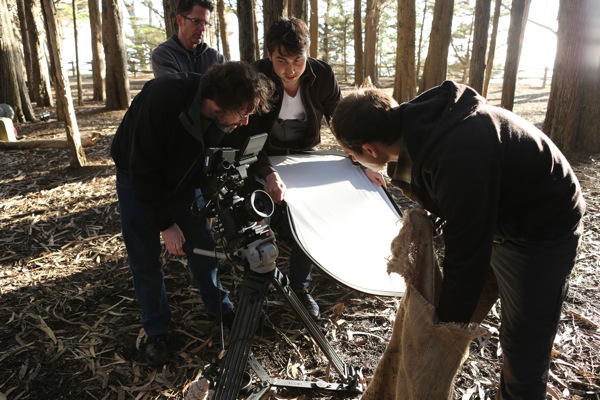
Shooting 4K with the Canon C500: It's All in the Details
I was initially thrown by the waveform display, which reflects the levels of the underlying log-encoded raw data at all times. Due to the log encoding most of the data was compressed toward the middle of the dynamic range, which is typical for a log curve, but that made it difficult to see what was happening to individual objects, like faces. Over time I learned that all I had to pay attention to was highlight clipping. If I set the exposure by eye based on what I saw in the onboard LCD and then checked that the clipped highlights were the ones I expected to be clipped (there’s always something clipped in a dark forest, usually the sky), I knew I had more than enough to work with in post. And I really liked the quality of the clipped highlights: they were white but not zingy, electronic white, similar to what I see on the Canon 5D Mk. III.

Shooting 4K with the Canon C500: It’s All in the Details
I was initially thrown by the waveform display, which reflects the levels of the underlying log-encoded raw data at all times. Due to the log encoding most of the data was compressed toward the middle of the dynamic range, which is typical for a log curve, but that made it difficult to see what was happening to individual objects, like faces. Over time I learned that all I had to pay attention to was highlight clipping. If I set the exposure by eye based on what I saw in the onboard LCD and then checked that the clipped highlights were the ones I expected to be clipped (there’s always something clipped in a dark forest, usually the sky), I knew I had more than enough to work with in post. And I really liked the quality of the clipped highlights: they were white but not zingy, electronic white, similar to what I see on the Canon 5D Mk. III.
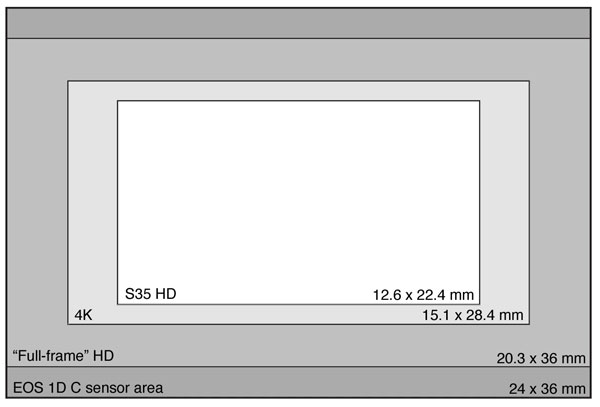
Review: Canon EOS-1D C HD/4K DSLR
In the beginning… there was the Canon 5D Mk II. It wasn’t the first HD-capable DSLR, but it was the first one good enough for serious work. Once Vincent Laforet’s “Reverie” went viral, there was no putting the large-sensor, low-light, super-shallow-depth-of-field genie back in the bottle—no matter how soft the images, how prevalent the aliasing, and how much bother it was (for the two years prior to firmware version 2.0.3) to deal with 30p images in a 24p world.
Fast-forward five years: Canon’s EOS-1D C, announced at NAB 2012, is now shipping. It’s a full-frame DSLR with an 18 Megapixel sensor, full-frame and crop-mode HD recording, and true 4K at 24fps: 4096×2160 pixels. Yep, 4K in a DSLR package. And it’s only… $12,000.

Review: Canon Cinema EOS 1D C
In the beginning… there was the Canon 5D Mk II. It wasn’t the first HD-capable DSLR, but it was the first one good enough for serious work. Once Vincent Laforet’s “Reverie” went viral, there was no putting the large-sensor, low-light, super-shallow-depth-of-field genie back in the bottle—no matter how soft the images, how prevalent the aliasing, and how much bother it was (for the two years prior to firmware version 2.0.3) to deal with 30p images in a 24p world.
Fast-forward five years: Canon’s EOS-1D C, announced at NAB 2012, is now shipping. It’s a full-frame DSLR with an 18 Megapixel sensor, full-frame and crop-mode HD recording, and true 4K at 24fps: 4096×2160 pixels. Yep, 4K in a DSLR package. And it’s only… $12,000.
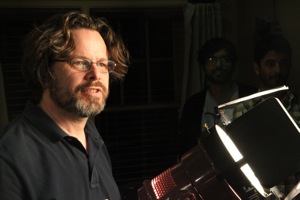
My First Lighting Class; or How I Learned to Light
Recently I taught my first lighting class, for Abel Cine, at Sony DMPC in Culver City, California. It got me thinking about how I know what I know about lighting,…
Showreels: What They Are, and Tips on How to Make Them
Every once in a while someone who reads my articles shoots me an email and asks if I’ll watch their showreel and critique it. This can be quite hard, because…
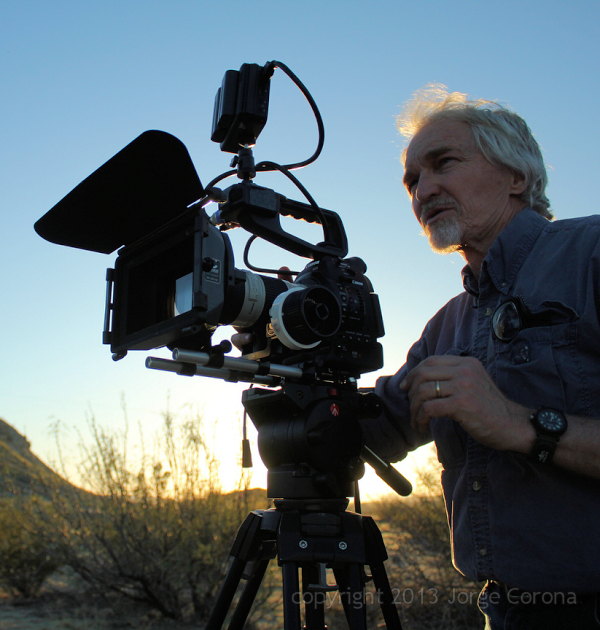
Arlo and Julie: A Feature Length Film on the Canon C100
Last February I shot a short test film with the Canon Cinema EOS C300. Thanks to Canon I got the loan of the camera for a few days and we…
Sony F55: Turning Sub-Menus Back on Without a Viewfinder
There are times when you’ll want to use a small camera like the Sony F55 without a viewfinder–say, if you’re mounting it on a crane, in a car or on…
